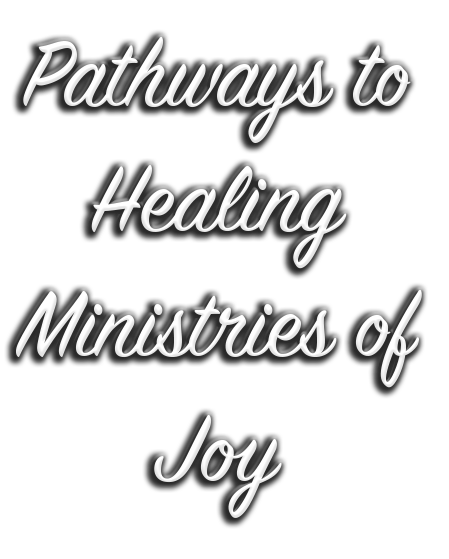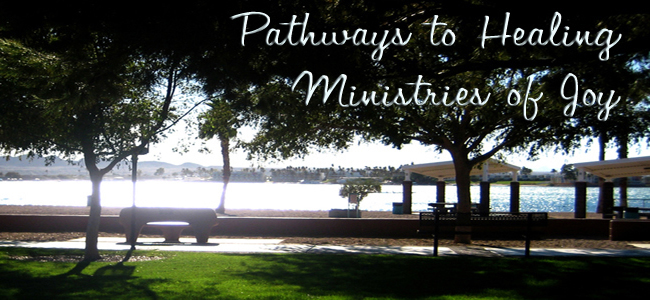 By Joy Le Page Smith, MA, BCC
By Joy Le Page Smith, MA, BCC
Dr. Gordon Mate, author of When the Body Says No, states that children who hold their emotions in rigidly are taxing their nervous systems. When the adults in their lives discourage their expressing difficult emotions, children have no other recourse than to hold in their anger and sadness, ever so tightly. Dr. Mate connects serious illness, in some instances, with the fact that the nervous system only has so much energy to expend for “pushing down powerful emotions that cry out for expression.”
Below is a technique to use with children, which will help them validate their emotions. This will result in their having less stress and better health. When a child is upset, ask, “What are you feeling?”
Mostly, both big people and little people have to learn how to validate emotions through identifying what is felt and how the feeling relates to what is happening in life. The key to success within this work is to watch when you feel uncomfortable or unhappy about something said or done. Then do the work of identifying what emotion is arising.
The following five simple steps will give children a method for identifying what it is they are feeling:
Hold up one of your hands with your palm open toward your face. Look at your fingers. Let your first four fingers represent a feeling: glad, sad, mad, and “afrad.” (The word “afraid” is tweaked here to allow a rhyme.) In this exercise your thumb can represent guilt. My suggestion is to present these steps to your children, helping them to memorize the process. The idea, here, is to get the children to identify their feelings and feel O.K. about expressing them, rather than to act out their feelings.
Step 1: Beginning with your little finger, say, “glad,” while deciding whether or not this is the emotion you are feeling. Probably, you aren’t feeling glad in the midst of a difficult moment. Yet, this little finger (our glad finger) can remind us that within every difficult circumstance we can find something for which to be glad or grateful.
Step 2: Move to your ring finger and say, “sad,” while asking yourself, “Am I feeling sad? Have I been hurt by this thought of mine or by what has happened just now?” Our negative thoughts can hurt as much as words from others. Watch for them and weed them out as quickly as they come. Negative thoughts pull you down and are self-destructive.
Step 3: Next hold up your middle finger and say, “mad,” as this is one of our frequent feelings.
Keep in mind that irritation and frustration are derivatives of anger. Ask, “Am I frustrated? Am I irritated?”
Step 4: Now, hold up your index finger and say “afrad” (afraid). Consider the emotion of fear by asking yourself, “Am I feeling fear or anxiety in this situation?”
Step 5: End with your thumb, saying, “My thumb stands for guilt.” Ask yourself, “Is guilt what I am feeling in this situation?” And, thumbs up for overcoming all guilt. When you work with your child, helping them identify their feelings this increases intimacy and knowledge for both you and the child. Greatest of all is that the child grows in his or her can more readily see how much you care about how life is going for them. The more you value them in this way, the more apt you are to create a closeness that will last throughout life.
Working with your child to help them identify their feelings will increase intimacy and knowledge for both you and the child. Greatest of all is that the child grows in his or her healthy emotionality and can readily see how much you care about how life is going for them. The more you value them in this way, the more apt you are to create a closeness that will last throughout adolescence and even later in life.
The importance of the above work with the emotions of children could well be far reaching, beyond building closeness and intimacy within the family. Children who learn early to value their emotions will greatly improve their chance for good health both mentally and physically.
This work is important throughout our society as well. Doing what is possible to prevent the adverse buildup of negative emotions with children is very likely to prevent emotional explosions such as we read about in the newspapers. Some–especially true of disturbed teenagers–have access to guns. Working with the feelings of our children could easily prevent events which brings broken heartedness to so many families. Doing what we can to help our children feel, value and express their emotions could end much angst, even for those reading the newspapers.
Joy Le Page smith has authored four books. See these on her Homepage at http://healinglifespain.com


Leave A Comment